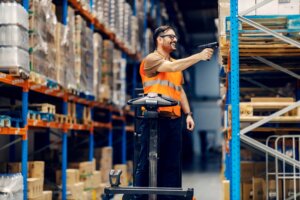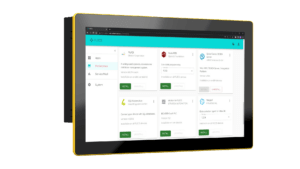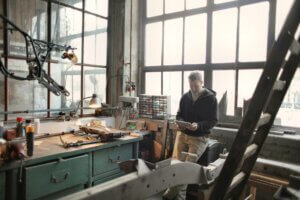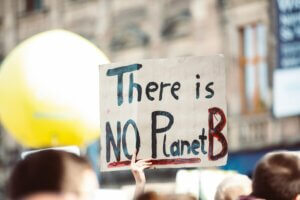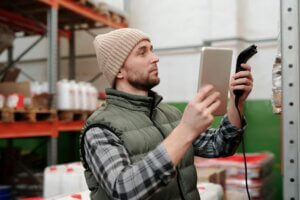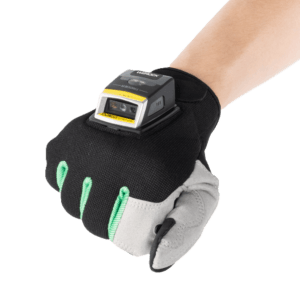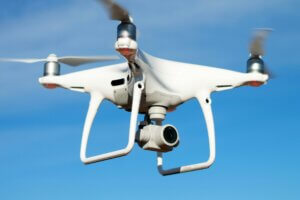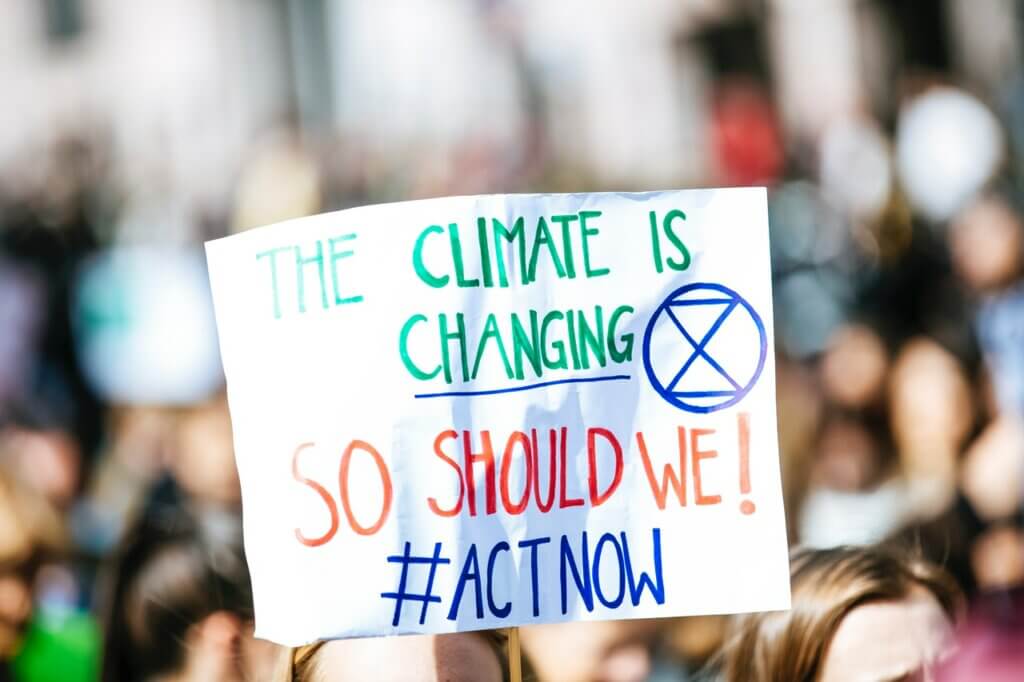Bullshit remains bullshit, even if painted green – A pitch black day for the sustainability movement in the financial sector. In the EU, following a vote on July 6, 2022, investments in gas and nuclear power plants may now be classified as climate-friendly. Perhaps the EU should now stick to its own proposals here for once. Because according to a proposal from the EU Commission dated March 30, 2022, greenwashing is to be banned. A development that has unfortunately become apparent and yet goes against everything WEROCK stands for. For us, this is once again an incentive to report as transparently as possible on greenhouse gas emissions and its effects. So if you have any questions or requests that are not yet sufficiently presented here for you, please contact us.
The second quarter of 2022 is over and the topic “climate” is more present than ever. In Germany, heating is primarily provided by gas, and gas is also the primary energy source for heat-intensive processes in industry. It is a climate-damaging commodity that has experienced a price explosion in the last three months and is becoming politically scarce. The fact is, the expansion of renewable energies and the move away from fossil fuels is already more than overdue purely for climate protection reasons.
Emissions
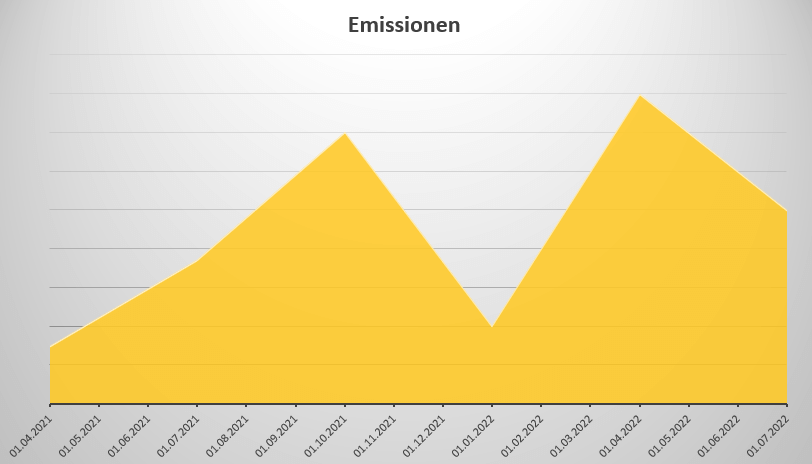
Compared with the first quarter, our emissions have fallen by around a third, due to the vacation periods around Easter and Whitsun, but also because of restraint in industry and price increases. As before, emissions have not yet been calculated accurately as we lack the internal resources to do so. Greenhouse gas emissions are recorded on the basis of data from the German Federal Environment Agency, distinguishing between different equipment classes. All emissions are recorded in accordance with the scope concept from the Greenhouse Gas Protocol. In the second quarter, 74.64% of emissions were attributable to indirect external emissions, as production is carried out by external partners.
As a basis for calculating greenhouse gas emissions, we take the gross weight of a product including accessories, packaging, shipping carton and, if applicable, filling materials and calculate this using our formula for the manufacture of computers. Since the production of a computer is much more resource-intensive than that of a cardboard box, this results in a significant overcompensation – which in the end we prefer to have an exact emission calculation.
Compensation
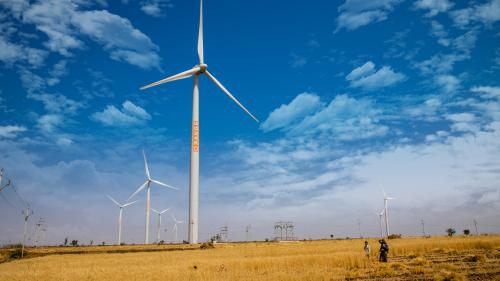
Part of our corporate philosophy is to compensate emissions that cannot be avoided at the moment, so that we are at least arithmetically climate neutral. To offset our emissions, we invest money in sustainable projects. In the end, our products are climate-neutral through offsetting.
In the second quarter of 2022, we will continue to offset our total emissions with Gold Standard projects. With this offset payment, we not only support climate protection, but also the local community in the areas of healthcare, education, clean drinking water and economic development. Climate protection must not be pure actionism. Particularly in the case of offset projects, it is important that the associated infrastructure is also sustainably strengthened so that the climate protection projects can also be maintained in the long term by the local population.
We are also focusing our efforts on renewable energies in the second quarter. India has rich, untapped wind energy resources that can play a crucial role in the country’s growing energy supply. Our payment will support the construction of a 100-megawatt wind power plant in Madhya Pradesh – a large state in central India. The project consists of 67 wind turbines, each with a capacity of 1.5 MW, which generate clean electricity through the use of wind energy. The project has conducted an Environmental Impact Assessment (ESIA) in accordance with IFC guidelines, involving the local community through frequent stakeholder consultations. It plays an important role in reducing CO2 emissions and will continue to contribute to the economic growth of the region by generating 180 GWh of clean electricity annually, equivalent to supplying 42,000 households. The project will also result in a reduction of carbon emissions by 1.23 million tons of CO2e in 7 years, thus providing long-term sustainable reductions.
Our local partner is Orange Renewable Power Pvt Ltd, an operator of wind turbines and solar farms. The project meets five Sustainable Development Goals (SDGs) of the United Nations:
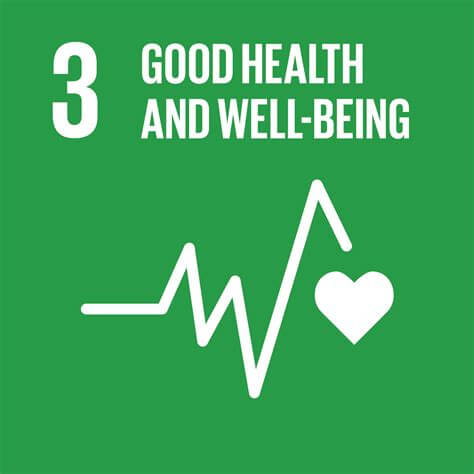
Goal 3 Health and well-being
Ensure a healthy life for all people of all ages and promote their well-being
- In collaboration with the Madhya Pradesh State AIDS Control Society, motivational workshops were held for HIV infected and AIDS patients and the importance of anti-retroviral therapy in their lives was conveyed, benefiting over 60 people. Regular organization of camps/rallies for smoking cessation and sensitization of the participants.
- For project implementation, 21.6 km of roads were built in the villages near the project, which are now available to the general public.
- Access to clean water: water tanks and water treatment plants were installed, benefiting the public on a large scale, providing easy access to clean and safe drinking water.
- Clean India: development of sanitation facilities such as the construction of toilets in public places.
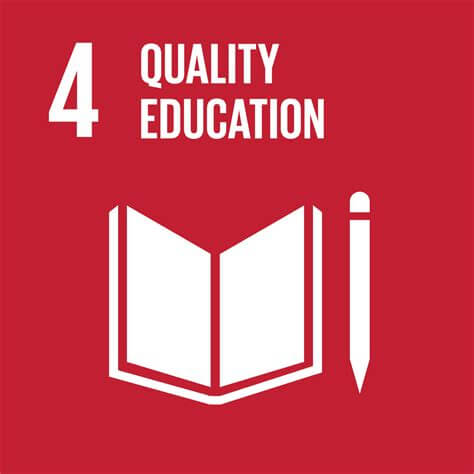
Goal 4 Quality education
Ensure inclusive, equitable, and quality education and promote lifelong learning opportunities for all.
- Help the underprivileged: distribute computers, bicycles and stationery to orphanages, benefiting more than 60 children, and distribute clothing to homes for the elderly.
- Distribution of necessary infrastructure such as furniture, school supplies including stationery, math and science materials, sports materials and scholarships to deserving students of more than 25 schools, benefiting more than 5,000 children.
- Organized large medical camps in surrounding villages and distributed free medicines in the camps, benefiting over 1000 people in 7 villages. Education programs on nutrition, prenatal care, sexually transmitted diseases (STD) and hygiene were also conducted.
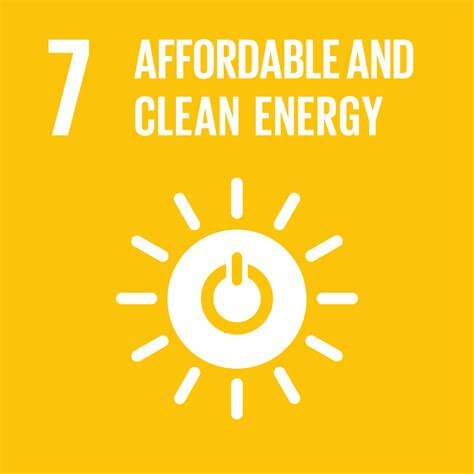
Goal 7 Sustainable and affordable clean energy
Ensuring access to affordable, reliable, sustainable and modern energy for all
Installation of a power transformer and distribution line that allows direct electrification of households and powering water pumps for agricultural purposes, benefiting over 1,000 people. In addition, there are approximately 93 km of transmission lines constructed for project purposes.
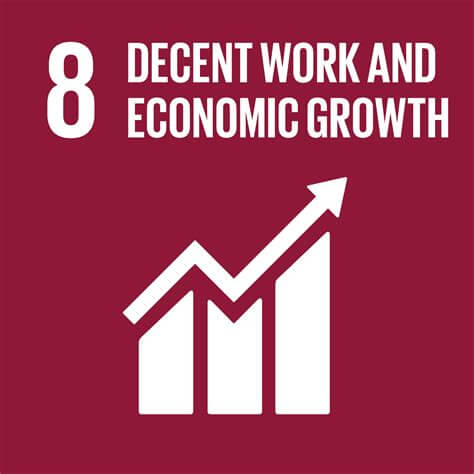
Goal 8 Decent work and economic growth
Promote lasting, broad-based and sustainable economic growth, full and productive employment and decent work for all
The project has resulted in the creation of 730 direct jobs during the construction phase (including laborers, supervisors, and engineers), of which 266 have been hired locally. The project has also provided permanent employment for 76 people.
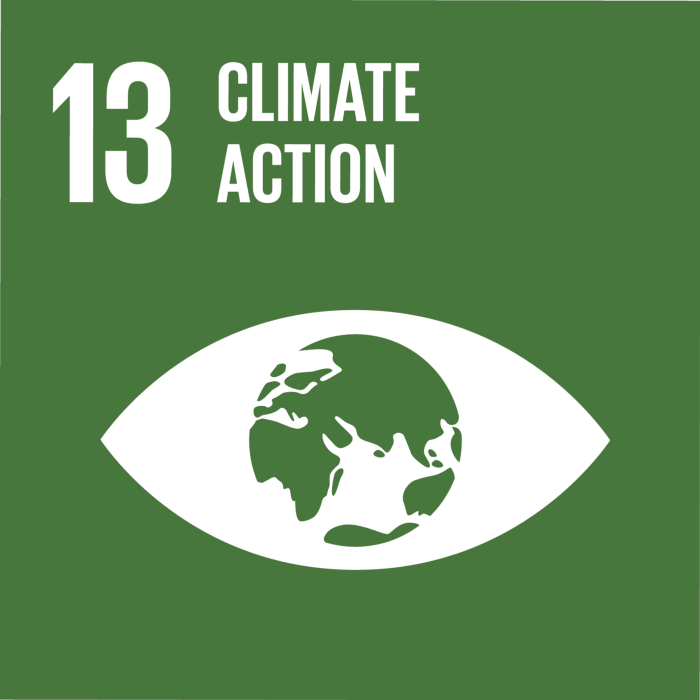
Goal 13 Climate protection measures
Take immediate action to combat climate change and its effects
Of all the compensatory measures, Goal 13 is, of course, the most important for us. Nevertheless, sustainable climate protection in developing areas cannot be achieved without strengthening the local infrastructure, because ultimately the climate protection projects should also have a long-term character.
In addition to the construction of the wind turbines, which are in themselves a significant climate protection measure, tree planting campaigns are regularly carried out in schools, substations and public places.
Progress
In the meantime, further packaging has been converted and is now supplied with more environmentally friendly packaging. The new packaging is made only of paper and is lighter overall. The previous foam in which the products were previously embedded is no longer needed. In addition, the new packaging is “universal packaging” that can be used for various devices. Further packaging is to be adapted in the near future in an equally sustainable manner, so that fewer and fewer trees have to be felled for our packaging. Overall, this means that 46% of our packaging is already supplied completely without foam, and this figure is expected to rise to 50% by the end of the third quarter.
Setbacks
There were no additional setbacks in the second quarter of 2022. The components situation remains very tense due to the effects of the Corona pandemic, and the month-long lockdown in the Chinese city of Shanghai for millions of people further exacerbated this situation. In some cases, hundreds of cargo ships waited for weeks outside the port in Shanghai, numerous supply chains collapsed and are still causing significant delivery delays. The war in Ukraine and the trade relations with Russia, which are subject to numerous sanctions, are causing increased raw material prices and a shortage of raw materials. Despite all the circumstances, we are able to deliver almost all products at short notice, thanks in part to appropriate warehousing both locally and in the factories.
Outlook
For the third quarter of 2022, we expect emissions to remain roughly constant, coupled with a pinch of uncertainty. Likewise, we do not expect climate-friendly transport options to improve further in the third quarter. More and more, not only are the effects of the Ukraine war reaching us as citizens, but industry is also acting with corresponding caution. Regardless of logistical developments, we will continue to generously overcompensate for emissions generated during transportation so that we remain logistically climate positive.
We cannot wait until 2070 to be greenhouse gas neutral, and we hope that all of us who are able will take a leadership role and do what we can for our planet and humanity. The time to act is NOW, as new extreme events around the world continue to show us. You too can help, equip your employees with durable, rugged devices from WEROCK. This brings you climate-neutral, modern technology that improves the efficiency of your company and our profits make it possible to do even more in the area of climate protection. We still have a lot to do!
